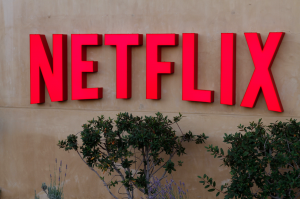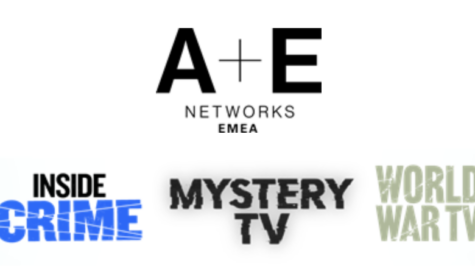
After more than 40 years of operation, DTVE is closing its doors and our website will no longer be updated daily. Thank you for all of your support.
Netflix: another stellar quarter in an evolving competitive landscape
 Netflix delivered a stellar set of quarterly results this week, growing its streaming revenues by 43% year-on-year and adding 7.41 million subscribers, beating expectations.
Netflix delivered a stellar set of quarterly results this week, growing its streaming revenues by 43% year-on-year and adding 7.41 million subscribers, beating expectations.
Unsurprisingly, the results boosted the SVOD giant’s share price. However, questions continue to be asked about the sustainability of Netflix’s growth trajectory. The company says it expects negative cash-flow to the tune of between US$3 billion and US$4 billion this year as it continues to spend eye-watering sums – up to US$8 billion this year – on content to fuel its expansion.
Netflix says it will be “free cash flow negative for several more years as our original content spend rapidly grows”.
Netflix needs to keep on spending on content as the competitive landscape shifts. In a sense it is involved in a race against time to secure eyeballs before rivals start to seriously play catch up.
One game-changer in this respect was Disney’s move to pull its content from the streaming giant in order to develop its own direct-to-consumer play, the first iteration of which was the recent launch of sports streaming service ESPN+.
Disney is on a global drive to expand its business internationally and beyond content creation to embrace distribution as well. The launch of its own OTT services is part of that, but Disney is also on track to acquire 21st Century Fox, including pay TV operation Sky, almost certainly in whole given that either Fox will acquire the 61% of Sky that it does not already own or Disney will be forced to make a mandatory offer for all of Sky after competing the Fox deal.
Sky of course also recently struck its own distribution partnership with Netflix, proposing to bundle the SVOD offering with a new pay TV subscription package across Europe. There is no reason why that deal will not survive Disney’s acquisition of Sky if it continues to make commercial sense for both parties, but the dynamic could shift in interesting ways.
Disney’s ambitions are only one facet of the longer-term competitive threat to Netflix. Some analysts believe that Amazon’s very different model – using video as a driver for its Prime service and its online retailing business – puts it in an advantageous position. This week, Amazon chief Jeff Bezos revealed that Prime now has over 100 million members, something he partly attributed to the company’s content play, which “continues to drive Prime member adoption and retention”.
Further threats to Netflix include Apple’s video ambitions. The consumer electronics giant is preparing the ground for some kind of launch, most likely next year, possibly around the same time as Disney makes its own SVOD play.
All of these moves leave Netflix looking potentially exposed.
The streaming leader is being pushed to invest huge amounts in content to stay relevant as it seeks to retain its expanding base. As the vast bulk of growth is now international, it is also finding it necessary to invest more in high-quality local content. While it can continue to exploit the rights it retains globally, content with market-specific appeal may deliver a more marginal contribution to acquisition and retention globally than series conceived in the larger US market.
Those emerging rivals meanwhile have more than one string to their bow – unlike Netflix. Disney is an established media giant with advertising-supported linear broadcast channels, a huge content business and – soon – a growing platform business as well. Apple will look at content as a way to complement its hugely profitable consumer electronics business. And old-fashioned pay TV operators – including Sky, which turned in solid quarterly results of its own this week – are increasingly seeing growth from broadband and bundled multi-play offerings.
It would be foolish to predict ultimate doom for Netflix. Its huge growth and current global streaming dominance has been the result of the immense foresight of CEO Reed Hastings and his team over the course of more than two decades. They saw the future, and so far it has worked. But the global battle for streaming supremacy is only just beginning.


